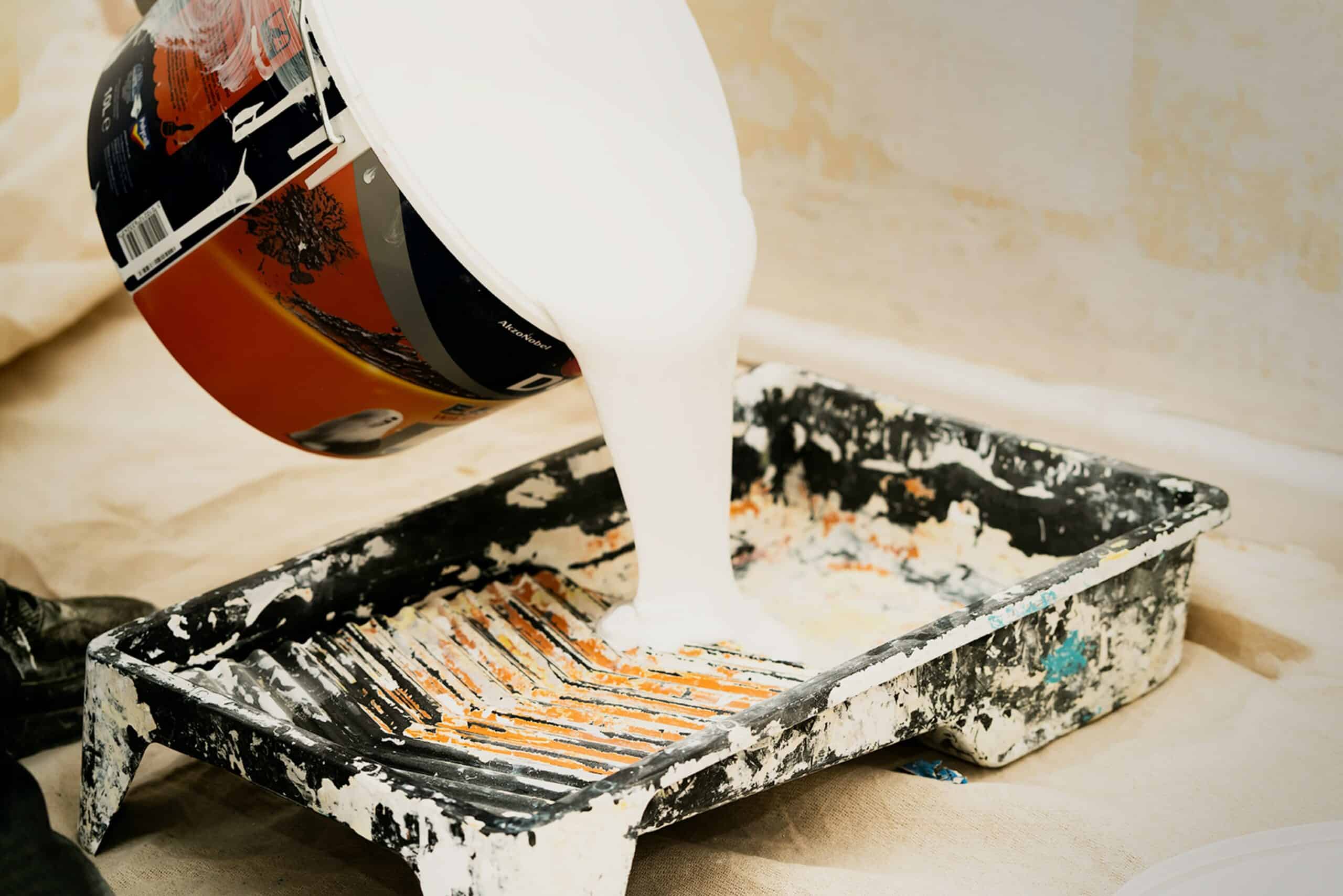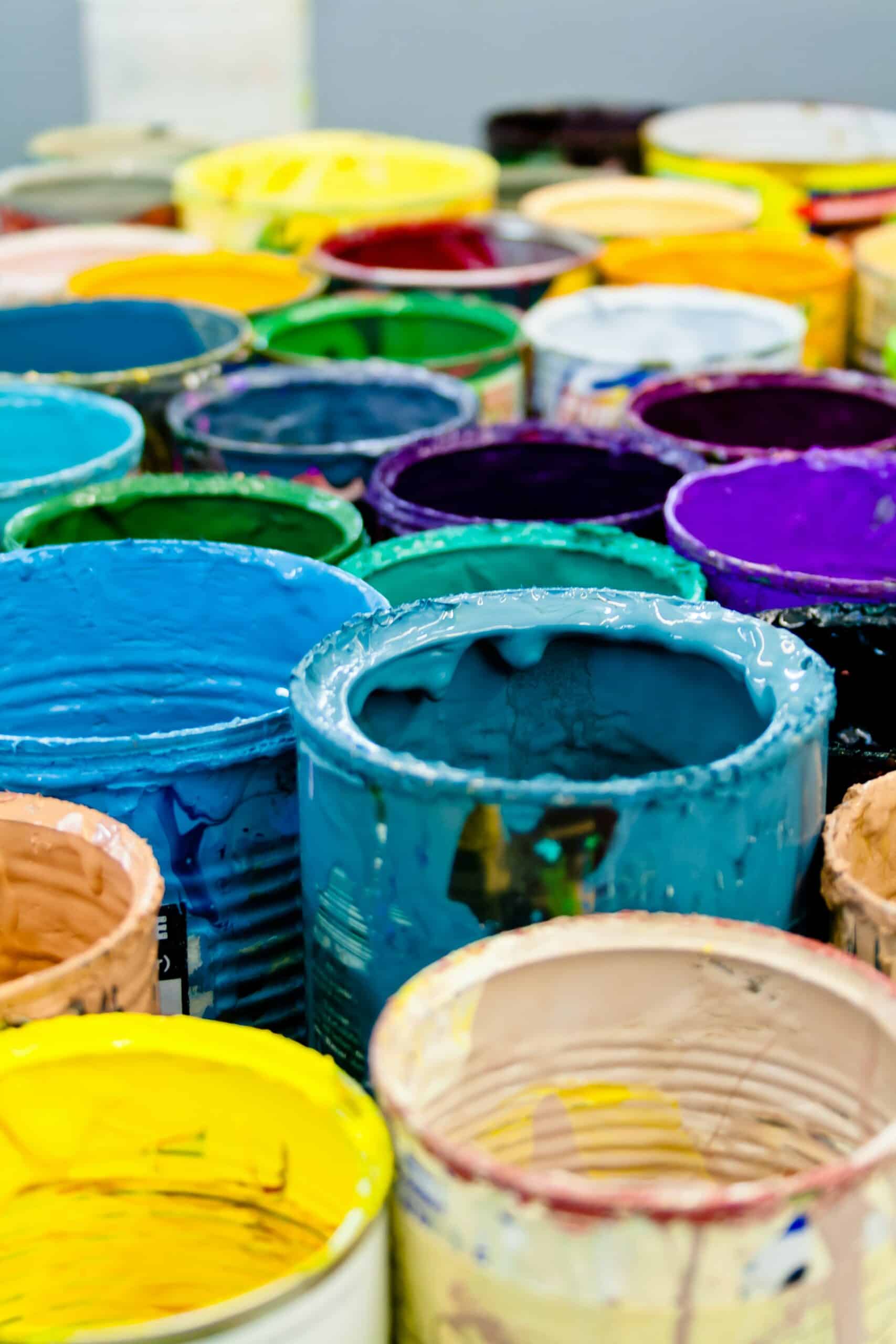How To Remove Oil-Based Paint From Plastic
Are you dealing with stubborn oil-based paint on your plastic surfaces? Don't worry - I'm here to help. As a professional in the paint removal industry, I have seen it all when it comes to removing different types of paints from various materials. With some simple steps and cleaning products, that pesky oil-based paint can be gone for good! In this article, I will walk you through the process of how to remove oil-based paint from plastic so you can get back to enjoying your space without any unsightly marks or residue. Let's dive right in!
Safety Precautions
Safety is of utmost importance when it comes to removing oil-based paint from plastic. When attempting this task, you must always be sure to wear protective clothing such as gloves and a face mask, so that no harmful fumes or particles enter your lungs. Additionally, make sure the area you are working in is well-ventilated. Open windows, turn on fans and exhaust systems if necessary - anything to help ensure proper air circulation. Finally, never attempt to do any work near open flames or sources of ignition. With all safety precautions taken care of, let's move on to what supplies we'll need for the successful removal of the paint.

Supplies Needed
Removing oil-based paint from the plastic can seem like an intimidating task. But with the right supplies and a little bit of know-how, it can be done! To get started, you'll need some common household items like lots of paper towels for soaking up excess paint, dish soap to help break down the oils in the paint, mineral spirits or acetone to remove what's left behind, and finally a soft cloth for polishing off the surface when all is said and done.
Of course, if any tough spots won't come off easily then you may need to invest in more aggressive tools such as scraping blades and sandpaper but we'll get into that later on.
With these simple materials at your disposal, you're ready to start tackling those old coatings!
Scraping And Sanding
Scraping and sanding are two of the most effective ways to remove oil-based paint from plastic. To get started, you'll need a few basic tools: a scraper or putty knife, sandpaper in various grits, and possibly steel wool for stubborn spots. Here's what you should do:
- Start by scraping off as much of the loose paint as possible with your tool of choice.
- Next, use coarse-grit (60 to 80) sandpaper to even out any remaining rough surfaces.
- Switch to medium-grade (100 to 120) paper next if needed before moving on to fine grade (150+). Be sure not to press too hard while sanding – gentle pressure will be more than enough.
- For areas that are especially tough or have multiple layers of paint, try using steel wool instead of sandpaper.
- Once all the old paint is gone, wipe down the surface with a damp cloth to remove any residual dust particles.
These methods can take some time and effort but they're still one of the best and quickest ways to get rid of oil-based paints on plastic without causing damage. After this step is complete, you may want to move on to chemical solvents – these products can help dissolve any lingering residue left behind after scraping and sanding.
Chemical Solvents
Now that you've scraped and sanded off as much of the oil-based paint from your plastic surface as possible, it's time to move on to chemical solvents. These are great for removing stubborn bits of paint without damaging the plastic underneath. To start, make sure you're wearing protective gloves and eyewear before beginning this process.
There are a few types of chemical solvents available, so choose one specifically designed for use with plastics. Dip a cloth or brush into the solvent and let it sit on the affected area for at least five minutes. When you come back, gently scrub off any remaining paint residue until it's been completely removed. Once finished, be sure to rinse off any excess solvent with water and allow plenty of drying time before making further contact with the plastic item in question.
Chemical solvents can be very effective when used correctly but they must be handled carefully due to their flammable nature and noxious fumes.
Now that we've discussed how to remove oil-based paint using chemical solvents, our next step is looking at how heat guns can help us finish this job safely and quickly!

Heat Guns
Using a heat gun for oil-based paint removal is like having your genie in a bottle. Not only does it make the job of removing old, stubborn paint much easier and faster; but it also makes clean-up afterward far less of an ordeal.
When using a heat gun to remove oil-based paints from plastic surfaces you must be careful not to stay in one spot too long or else you risk burning or discoloring the surface underneath. A good rule of thumb when working with this tool is to move quickly over the area while making sure that all of the paint has been adequately softened before attempting any scraping or chipping away at it. Once you have removed as much of the paint as possible, then you can move on to cleaning up and disposing of any residue left behind.
Clean Up And Disposal

Once the paint is removed, it's time to clear up and dispose of any materials. I'd recommend wearing gloves at this stage as some chemicals may still be present in them. Start by wiping away all traces of liquid using a damp cloth or sponge. If you're using solvents, make sure they are disposed of according to local laws and regulations. Be sure to keep any chemicals away from open flames or sources of ignition.
After cleaning, rinse off your tools with water and soap then dry them thoroughly before putting them away for future use. Make sure that everything is completely free from dust and dirt before storing it away safely. Finally, dispose of all containers responsibly used for the removal process – either take them back to the store where you bought them from or if possible recycle them yourself.
Conclusion
Conclusion Now that you’ve learned the different ways to remove oil-based paint from plastic, there is no need for stress or worry. With a few simple steps and supplies, you can successfully tackle any paint removal task. You will be amazed at how quickly and easily these methods work!
My advice? Take your time and use caution when removing oil-based paints from plastics. Remember to always wear protective gear and take safety precautions when using solvents, heat guns, or any other type of chemical agent. It's better to be safe than sorry!
With patience and practice, you can become an expert in removing oil-based paint from plastic surfaces. So don't hesitate – get out there and give it a go! I'm sure you'll find that with confidence comes success in all of your future painting tasks.






